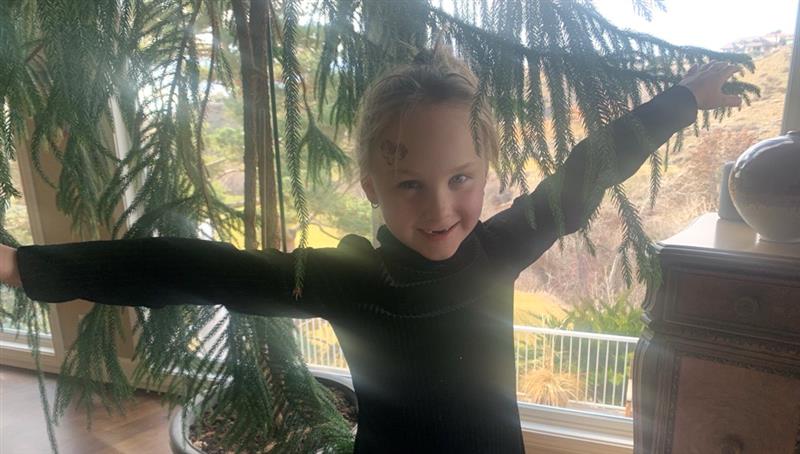Shred the POW. I love to ski in fresh powder, nothing quite like floating in the snow on skis as you make the turns required to miss the trees or other obstacles. Go to any ski area on a powder morning and be prepared for those “powder hounds” to forget etiquette. First tracks are the ideal, you make the first S’s and your friend follows and turns them into 8’s. The epic days are full of first tracks and powder so deep and fluffy it almost requires a respirator as it blows past your ears. I always remember what Franz Klammer said in a Ski Adventure magazine, ‘point the skiis straight down the steepest slope and when you reach terminal velocity, turn, then repeat.’ I ignore the velocity advice but a bit of momentum does make the turning easier and more exciting. Without venturing into the back country, heading to Canada, or hitching a helicopter ride, this year is providing few epic snow days.
Last week at Brundage mountain, following several days of new snow, the powder had been fully shredded. I missed the days that my friends called unbelievable. Still the snow was soft and if you arrive early you can enjoy exceptionally groomed runs. When soft snow is refreshed you have a zen garden of parallel ribs the length of the hill. 1600 vertical feet of corduroy. Skiis turning on corduroy create an enjoyable vibration in your feet and a sound that is described as a ‘tremulous zithhh, zithhh’. Swinger is a steeper run at the Mountain and we had the good fortune of being the first skiers down. We made some great turns enjoying the bonus feeling and sound. It was so memorable we hurried down to the lift and did it again. No bad days on the ski hill but as I get a bit older I can see more corduroy in my future.
So why is it called corduroy. Dating back to ancient Egypt, the fabric was woven sans raised texture and called Fustian for the ancient capital city. The corduroy of today originated in 19th Century Manchester, the hard-wearing nature made it ideal for factory work. It was adopted as part of military uniforms, including the “breeches worn by the Women’s Land Army during WWII.” The fabric fell in an out of favor until the Beatle’s revived its popularity. The Fab Four is given credit for ‘saving the British corduroy industry.’ In the l970’s corduroy reached a zenith of favorability—worn as an anti-establishment symbol by musicians, artists and directors. Think of Bob Dylan, Pablo Picasso, Wes Anderson and many of my college professors. This great fabric is still produced in Lancashire. Like the fabric, the entymology is a bit fuzzy. It may have French roots-du roi- of the king, or as simple as cord (rope) and Duroy- a coarse woolen cloth that was produced in England in the l8th Century.
There are 1400 species of Bats in the world. Nearly 25% of all mammals are bats and they are the only mammal that can fly. Without bats, tequila would be in short supply as they are the primary pollinators of the agave plant. The smallest bat is a Bumblebee at 1-3 inches in length and weighing 2 grams. I got started on this topic when my spouse showed me a Pemba flying fox, one of the world’s largest fruit bats. A wingspan of 5 feet 3 inches attached to a 10 inch body, the bat can weigh up to 1.4 lbs. Once endangered as they were considered a delicacy, the bat lives along the East African Coast in the rain forest. Local efforts have brought the population from near extinction to over 22,000. We should all love bats and all of the creatures on our planet, let’s protect their environment.
The picture is my granddaughter, acting as a bat while dancing in our front room. As an added bonus her jumper is corduroy fabric. By the way, it is full moon tomorrow morning, known as the Snow Moon.
No politics this week, we all need a break. Mike

